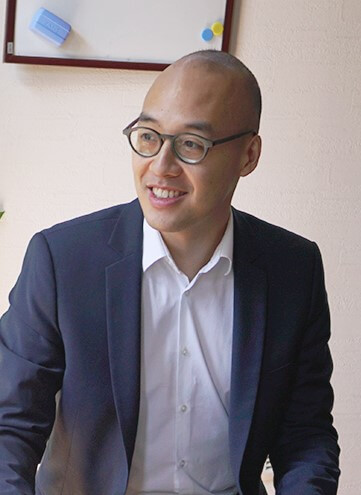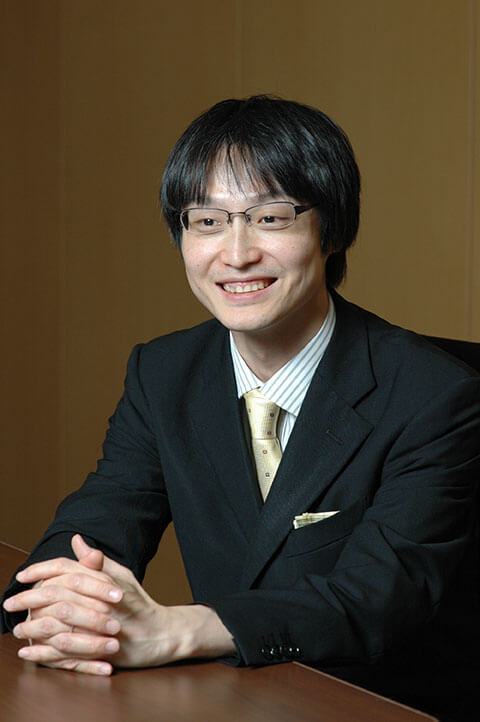A guide to overseas universities – Australia Edition
総合型選抜(AO推薦入試)のプロによる無料相談受付中!
無料個別相談を予約する >
Foreword




Welcome to another edition of “how to guide” for universities. This article is a four-part series focusing on universities abroad, featuring the United States of America, the United Kingdom, Canada and Australia. This time, we will take a closer look at the land Down Under.
First, do your research
Oi, mate. I’ve heard that you love kangaroos and are as laid-back as koalas. Then Australia is the perfect choice for you. Before you put on a safari hat and try to wrestle with a crocodile, proper research is the key to success. It is advised that preparations should be done 12 – 24 months in advance.
University of your choice
There are 43 universities in Australia and many other institutions offer higher education[1]. There is a centralized admission system called “Universities Admissions Centre” (UAC). The UAC allows you to choose up to six programs. You need to have one of these qualification in order to be able to apply through UAC[2]:
- An Australian Year 12 in or outside Australia*
- an International Baccalaureate (IB) Diploma
- a New Zealand National Certificate of Educational Achievement (NCEA) Level 3
Check out the chapter “Certificate of University Entrance Qualification” under “Admission” for more details about an “Australian Year 12”. If you are not qualified to apply through UAC then you have to apply to the school directly.
But which university is the right choice for you? The recommended way to choose a university is to find a university that fits your needs and your future goals. If you are struggling to find your own path, try talking to your peers and teachers, read articles about other people similar to you, find inspirations in others. You can also check which universities in Australia are popular among Japanese students. Going deeper into this topic is a bit out of scope for this article, but there are a great deal of books and articles to get you going.
Funding
According to studymove.com[3], the average tuition fee for international undergraduate students was AUD30,840 per year in 2018. Furthermore, an average living cost of AUD20,290 are expected.
A good way to cover the cost is to apply for a scholarship. Currently, there are 35 scholarships for Australia listed on this website. Check out which one you are eligible for and do your own research.
http://www.scholars4dev.com/category/country/australia-scholarships/
Visa requirements
If you want to study in Australia, you need the Student visa (subclass 500). This allows you study up to 5 years, but the actual lengths will be determined by the course of your choice. There are also options to extend your visa. Keep in mind that the cost for this visa is AUD575. Check out the website of the “Department of Home Affairs” for more details.
https://immi.homeaffairs.gov.au/visas/getting-a-visa/visa-listing/student-500
Admission




At this point, you have decided which university you would like to study at. Now it is the time to apply for it. In general, the admission procedure is similar to the English-based program in Japanese university with the exception that there is a centralized admission system called “UAC”, as mentioned before. But you can also apply to the university directly.
Required documents
It depends heavily on the course what documents you have to submit. Additionally, to the 4 documents discussed here, there are also questionnaires, portfolio of work, an audition, an interview or a test[4]. Let us focus on the 4 most common ones:
Essay (Personal statement)
The essay is an important part in the selection process because this is where you can stand out from your peers. Whether you need to write one or not and what the content is about, depends on the university of your choice. But in general, you can expect to write an essay about your relevant background, your motivation and your future goal. In addition, you should also include why you want to study in Australia.
Recommendation letter
A recommendation or reference letter may be required. Check with your university of choice if that is necessary.
Certificate to prove English proficiency
In most cases, if you are not native English speakers and have not studied in a school system where English was the primarily language, you have to submit a certificate such to prove their English proficiency. Commonly accepted tests are IELTS, TOEFL, PTE (Pearson Test of English), CAE and CPE. Please check with your university of choice for the exact details.
Certificate of University Entrance Qualification
An Australian Year 12 (qualification) is roughly corresponds to the “Upper Secondary School Certificate of Graduation” (Jp. 高等学校卒証明書). According to the UAC website, the “Upper Secondary School Certificate of Graduation” is NOT considered an equivalent to an Australian Year 12. That means, with that certificate only, you won’t fulfill the first qualification of having an Australian Year 12. With that said, the “National Center Test for University Admissions” (Jp. 大学入試センター試験) will be considered. Additionally, if you are in the possession of other qualifications such as the SAT and ACT, then you may also be considered if you apply in conjunction with these qualifications[5]. I highly recommend you to check with your university of choice in advance to see if you are eligible to apply or not.
Admission Period & Deadlines
Most universities in Australia have two semester a year and typically starts in March and with the second starting in July. The application period for the first semester is usually around August to November[6]. Keep in mind the deadlines of other standardized test you need to take which usually happens before the application period.
Prepare and go




That is in a nutshell the admission procedure in Australia. Australia is next to US one of the most popular destination for Japanese students when it comes to studying, especially short-term. Although the options are fewer than in the US, Australia still houses 8 of the top 100 ranked universities in the world and the laid-back mentality makes it an attractive country to choose for.
[1] https://www.studyinaustralia.gov.au/english/australian-education/universities-and-higher-education
[2] https://www.uac.edu.au/future-applicants/international-year-12-students
[3] https://www.studymove.com/index.php/news/46-2018-international-tuition-fees-in-australia-3
[4] https://www.uac.edu.au/future-applicants/admission-criteria/additional-selection-criteria-university-admission
[5] https://www.uac.edu.au/future-applicants/admission-criteria/overseas-qualifications
[6] https://studyabroad.careers360.com/articles/study-in-australia
Simon has worked in the IT industry for 9 years as an IT Product Manager. In 2018, he was chosen by the Swiss-Japanese Chamber of Commerce to receive the prestigious scholarship and consequently moved to Japan from Switzerland to learn more about the country and the culture. He has a huge passion to make a positive impact in people’s life which shows in his engagement in various volunteering activities.





